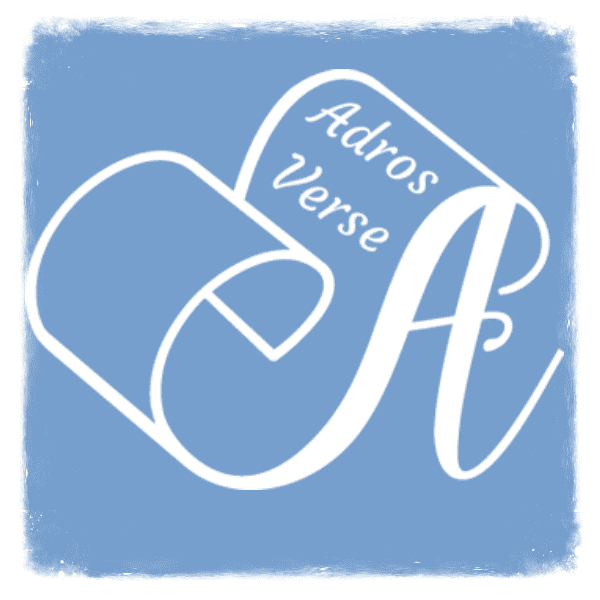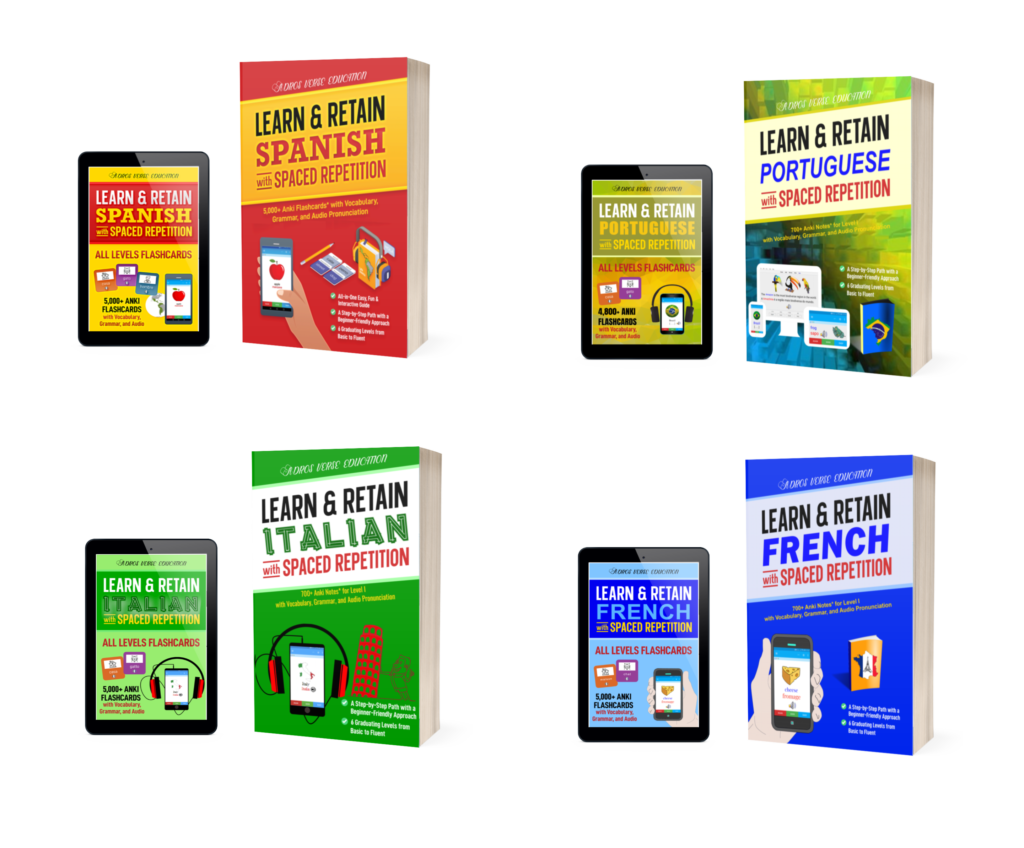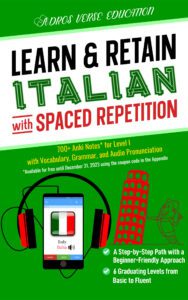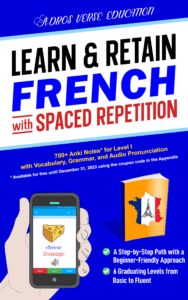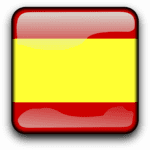In this lesson, we cover the abjad writing system in Arabic, which is a right-to-left cursive writing system that represents consonantal sounds only.
Consonants vs. Vowels in Abjad
Arabic uses a consonantal, right-to-left cursive alphabet called abjad. The abjad writing system, used in Arabic and many other Semitic languages, represents only the consonantal sounds of a word.
For example, imagine writing the following non-vocalized words in English: “stdnt,” “mslm,” and “clck.” You may infer that the intended words are: “student,” “Muslim,” and “clock.” But could it be “click” and not “clock”? The answer is yes, it depends on the context, which helps determine the most probable vocalization.
In Modern Standard Arabic, most written words explicitly include long vowels. For example, the word for book in Arabic is written like “ktāb,” pronounced: kitāb.
| try t rd ths s tht y knw hw abjd sstm wrks 😉 |
Arabic uses optional diacritics to mark short vowels’ pronunciation. These vowels are often omitted except in the Quran, some religious texts, and children’s educational books. The absence of these diacritics can present challenges for learners. At this level, we present Arabic words with diacritics to help the reader become familiar with the words and their pronunciation.
Evolution of the Abjad Writing System in Arabic
Let us examine how the Abjad system evolved and led to the modern-day Arabic writing system. It is also considered the ancestor of the modern Latin alphabet used in the English language today.
In Egypt, around 1850 BCE, hieroglyphs were used as a pronunciation guide, with symbols and pictures representing words, ideas, consonants, and other combinations. Egyptian hieroglyphs are not considered an alphabet because they include more than just symbols of sound.
Around 1050 BCE, the Phoenician alphabet was developed, followed by the Canaanite, Aramaic, and Arabic alphabets. The Phoenician alphabet is considered the first writing system with symbols that represent only sounds.
The Phoenician script, spread across the Mediterranean, was then adopted by the Greeks, who added vowels to the Phoenician alphabet, which then became the modern-day Latin alphabet. In fact, Phoenician is the ancestor of many modern alphabets, including Arabic, Greek, Latin, Cyrillic, Hebrew, and Aramaic.

Both modern Latin and modern Arabic scripts evolved from Phoenician
Next: Romanization of the Arabic Abjad
Back to: Modern Standard Arabic Lessons
Other lessons in Level I:
